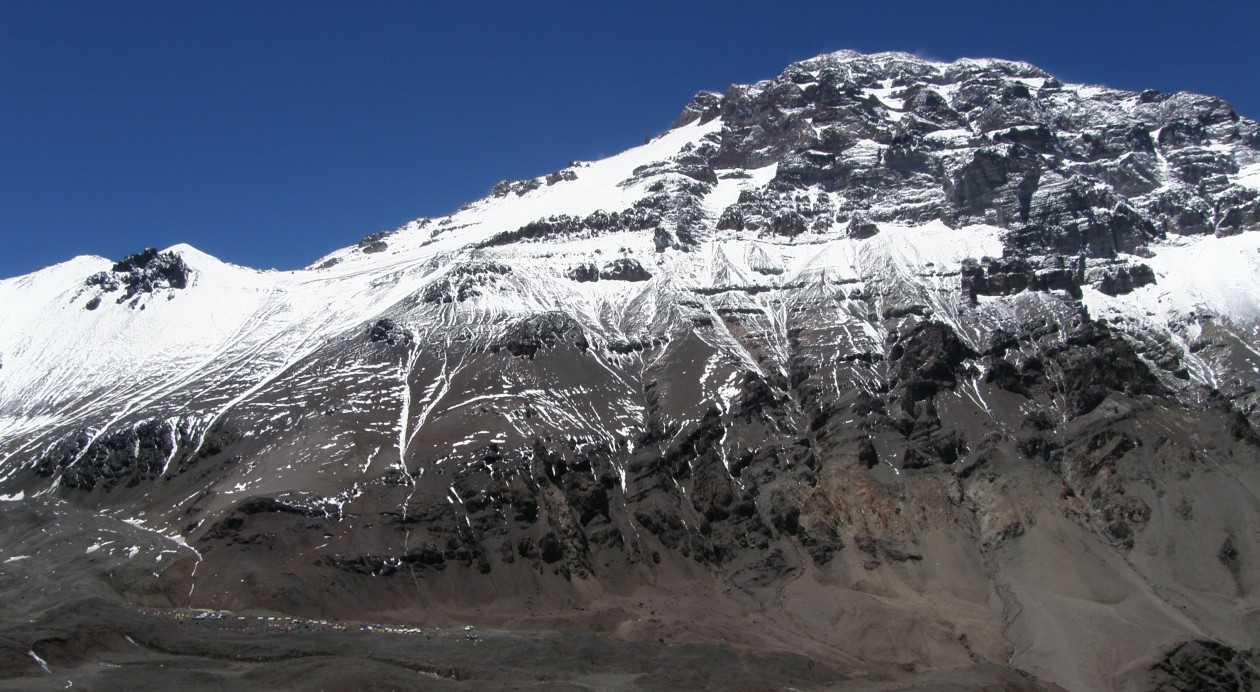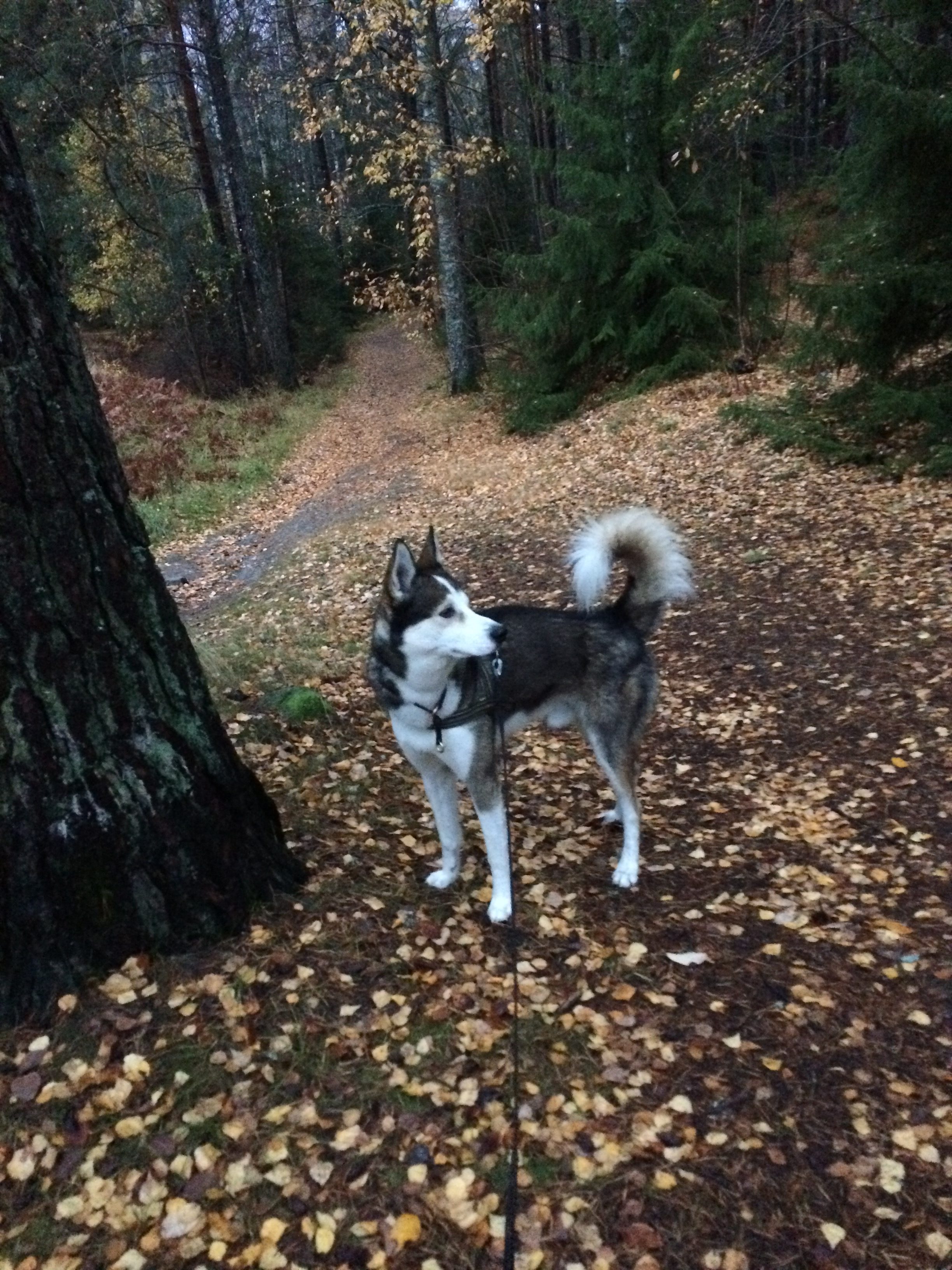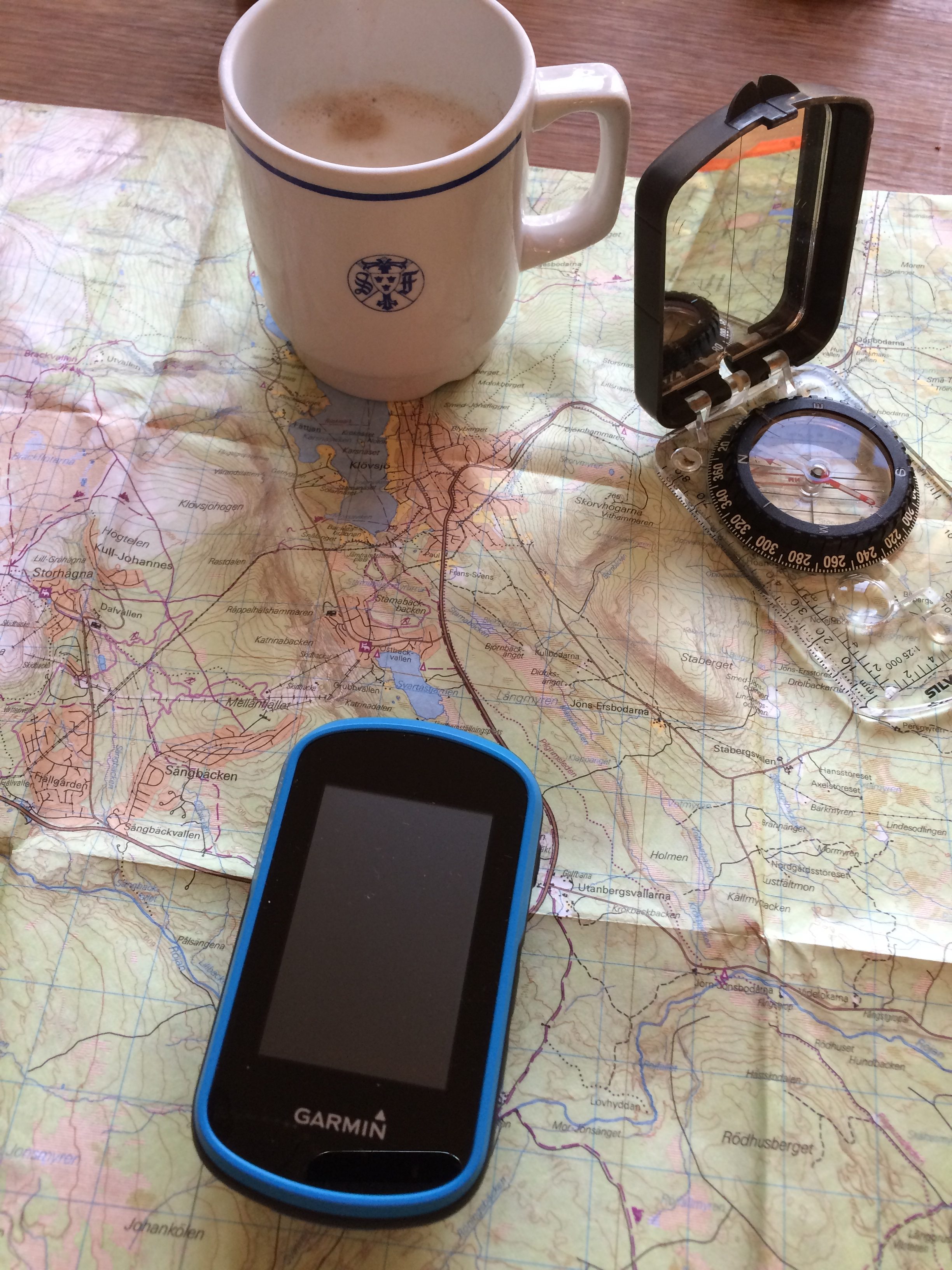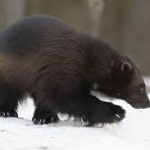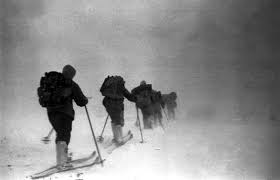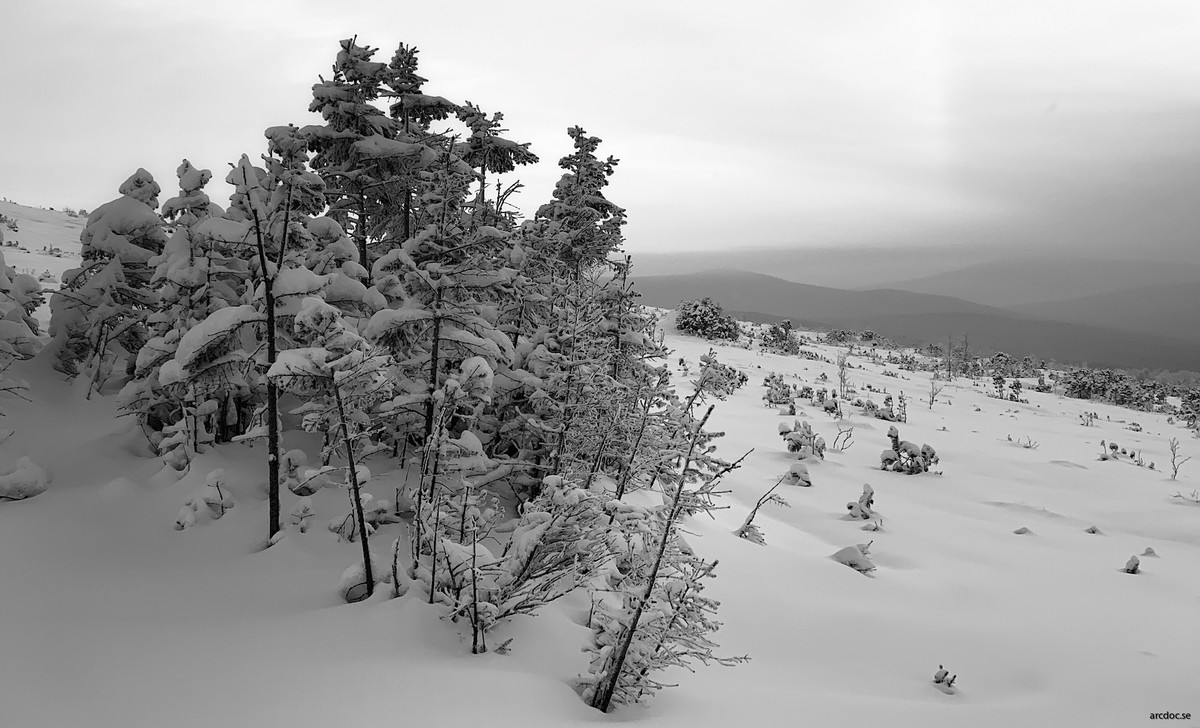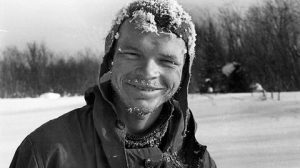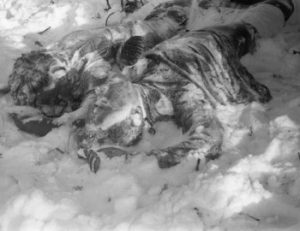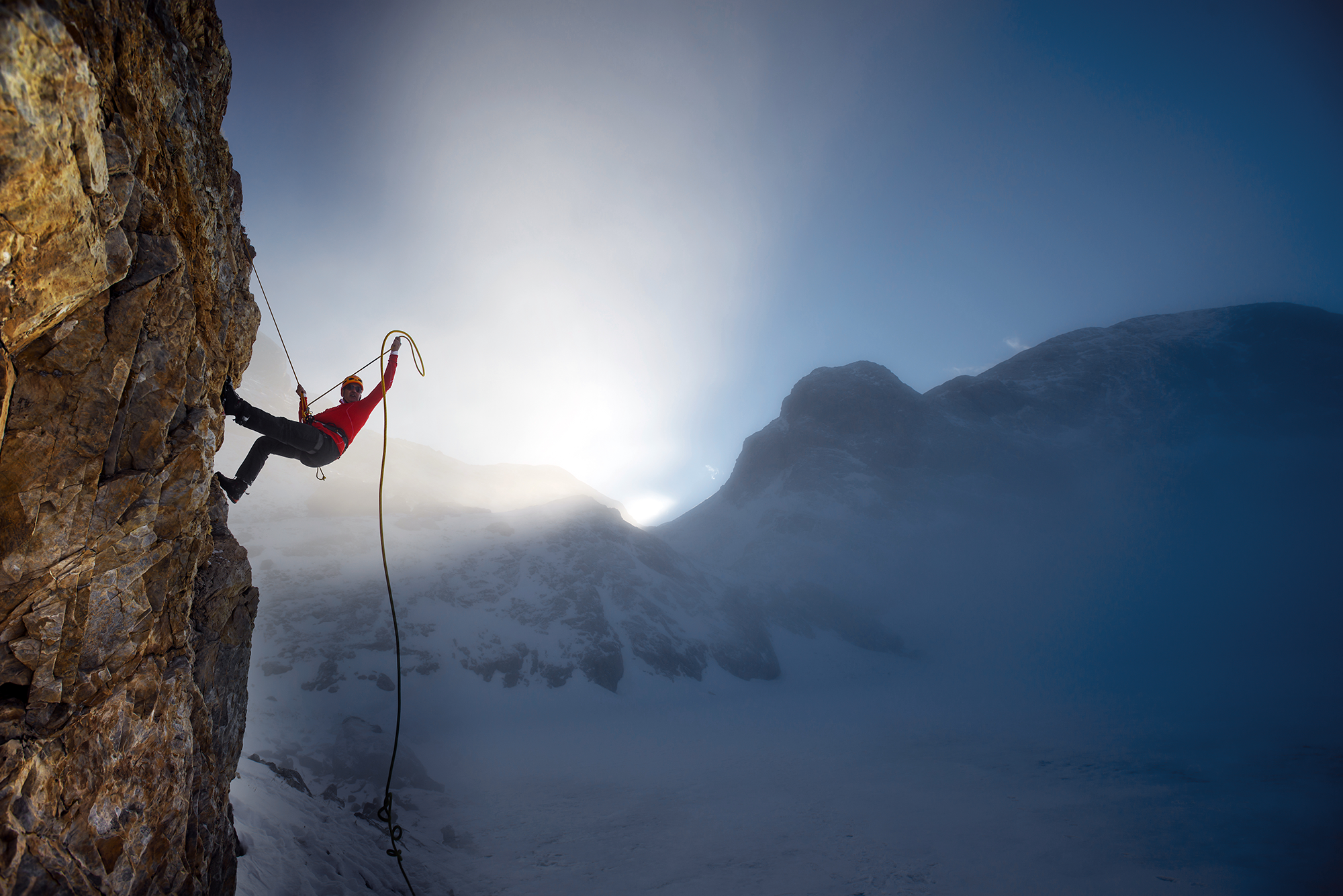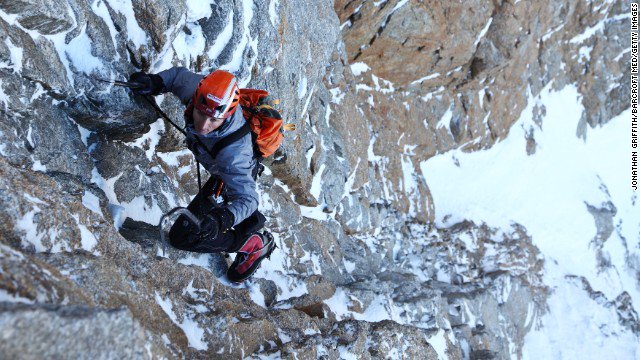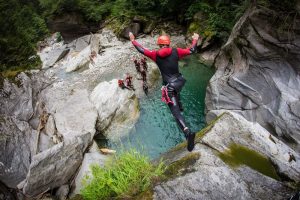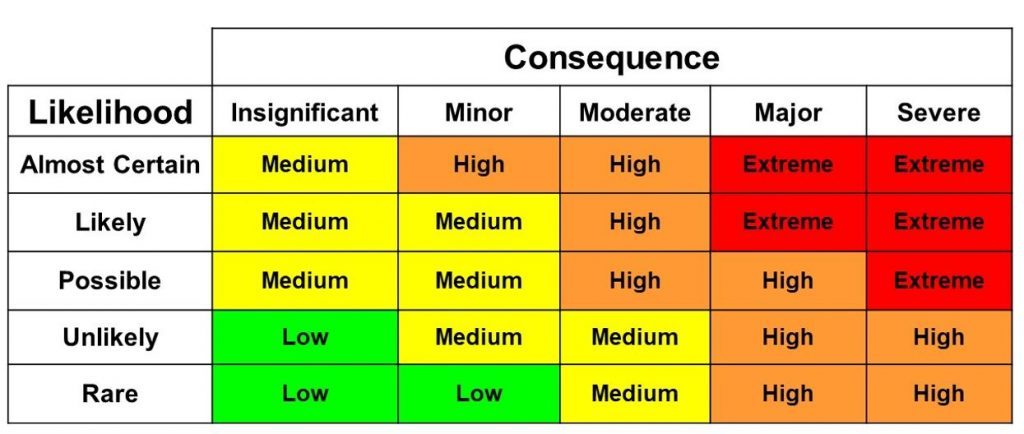Early morning is the best. Normally the weather is better at this time. You will be almost alone, and everything is calm. This morning I was speedhiking with my husky, and I was happy and almost felt alone in the world. Many are the mornings when I felt like this. The peak trip to Sönner tväråklump, or starting skiing from Sylarnas mountain station. Starting early before the sun has rise, or the morning when I went up early, early towards Helags glacier and did some telemark tracks before the others have woke up. So my opinion: mornings are the best.
When it comes to the workout, I still mix as much as possible. At the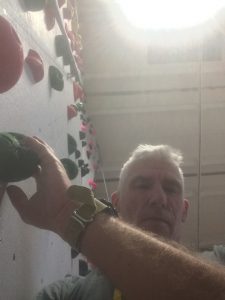 moment I am focusing on leg strengt and stamina. Ended up the week with a climbing session at the climbing gym.
moment I am focusing on leg strengt and stamina. Ended up the week with a climbing session at the climbing gym.
Today we have come to the section of risk mitigation in the risk management series. The difference between risk avoidance and risk mitigation is that due to risk mitigation, you dont avoid the risk. But you try to minimize it. The example last week was to take another route to avoide a ”airy” one. If you cant do that, you instead can use a rope for a better safety. You can also build fixed field work for a safer passing etc. The better risk planning overall and risk awerness the easier it will be to define how to mitigate the risks. And the earlier in the planning you can identify the risk, the better the mitigation planning will turns out.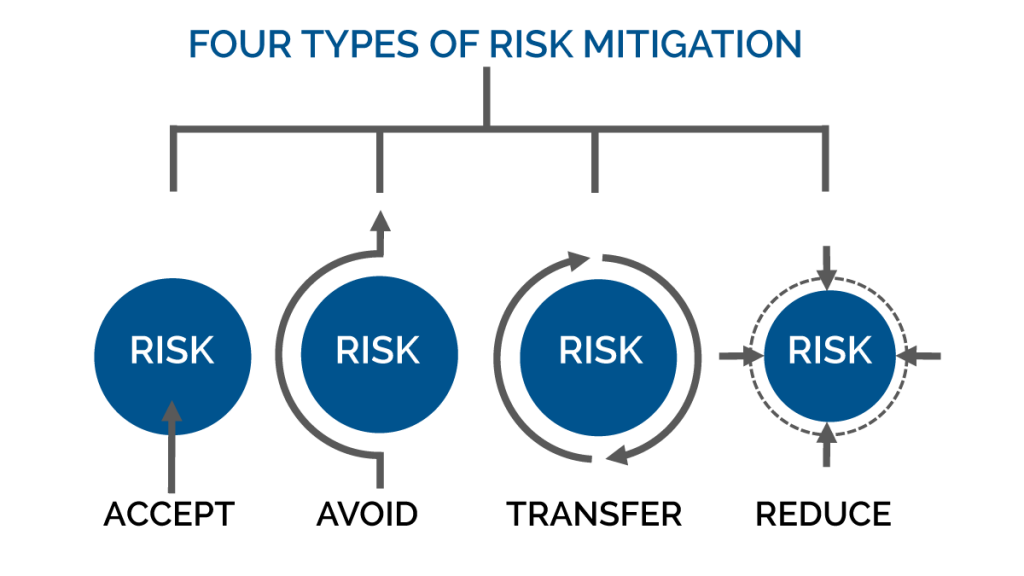
There are four diffrent ways you can do the risk mitigation. Accept the risk, and calculate with it. Avoid it, You can also tranfer the risk(this is more common in the business, rather then in outdoor). And also to reduce the risk..
And at the moment it is just 4 weeks to go before this years advents calendar will start…
Enjoy life, and do some more enjoyful activities…Stengthen yourself with filling up your life with funny and challenging things…Montains are calling, and I must go:-)
Why not do same sky or trail running…
https://poddtoppen.se/podcast/1373161006/vandringspodden/11-spring-vad-ar-grejen-med-fjallopning
See ya soon…
